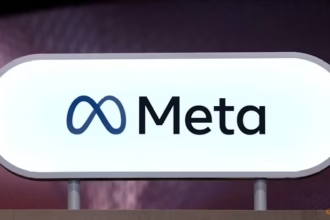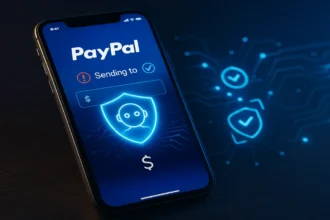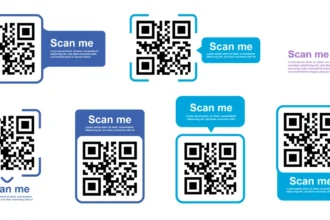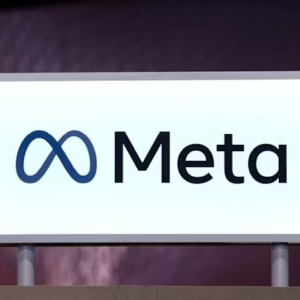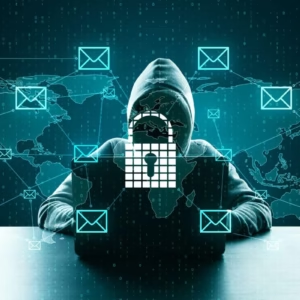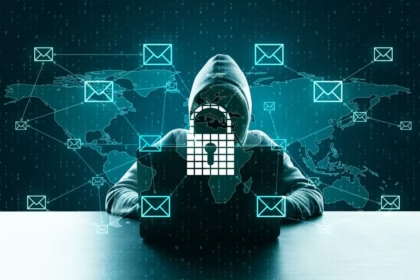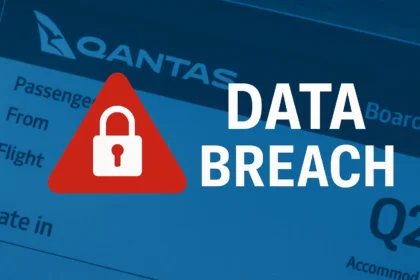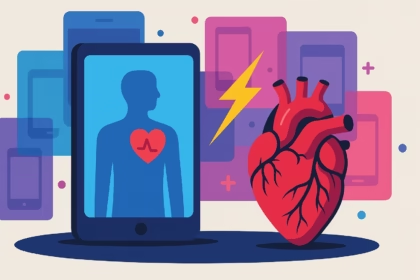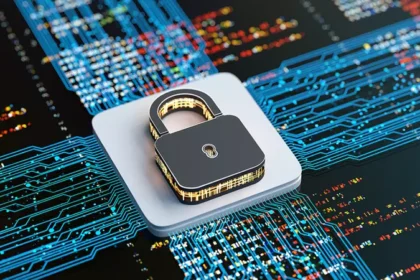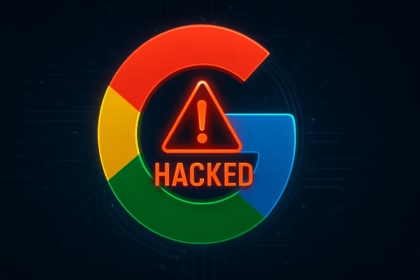A massive password leak has put over 184 million login credentials at risk, exposing usernames, passwords, and other sensitive information tied to major platforms like Google, Apple, Facebook, and Microsoft. But it doesn’t stop there—the database also contained logins for banking, healthcare, and government services from around the world.
What Happened?
This breach wasn’t due to a system hack. Instead, info-stealer malware quietly harvested credentials from infected devices. Once collected, the data was left on an unprotected server—fully exposed, unencrypted, and accessible to anyone who found it.
The result? A 47 GB trove of plaintext passwords and user data across 29 countries.
Why It’s Dangerous?
This leak is especially serious because:
- The passwords were not encrypted—they were stored in plain text.
- They cover not only social accounts but also financial, medical, and government logins.
- They were collected silently from real user devices—meaning even careful users may be affected.
What You Should Do Now?
Take these steps immediately to protect your data:
- Change your passwords, especially if you reuse them across multiple sites.
- Turn on two-factor authentication (2FA) for all important accounts.
- Use a password manager to generate and store strong, unique credentials.
- Check your devices for malware or browser extensions that could be stealing your data.
- Delete old sensitive emails or stored documents—these can be targeted too.
- Be alert for scams or phishing attempts pretending to be from trusted services.
The Bigger Picture
This breach is a wake-up call: even if tech platforms are secure, your own device could be the weakest link. Infostealer malware doesn’t break into servers—it waits for you to save your login, then quietly steals it.
Taking control of your digital security is no longer optional. It’s essential.
